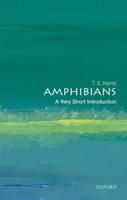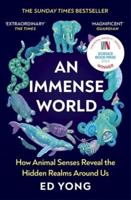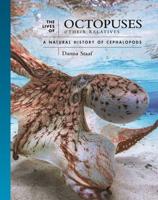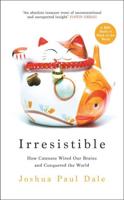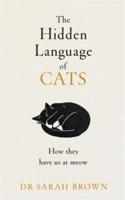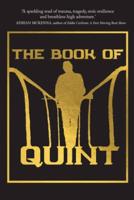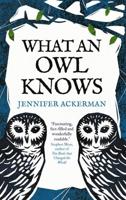Publisher's Synopsis
Garefowls, Penguins of the North, Riesenalks, Apponaths, Great Auks - all of these were names for a sea bird whose extinction was entirely the work of humankind. The birds' existence ended on the morning of the third day of June 1844, when the last two recorded great auks were killed by three fishermen on the island of Eldey. a few miles south of Iceland in the North Atlantic Ocean. For thousands of years, until not so long before that fateful day, great auks swam the Atlantic in their millions and flocked to their breeding grounds from Newfoundland in the west, to Iceland and the Outer Hebrides in the east. Whole colonies at a time were hunted to death for their meat, feathers, and fat by sailors and fishermen from Europe and the Americas. Since the total vanishing of the species, the great auk has become an icon of extinction, alongside the dodo, the passenger pigeon, and the moa. More highly prized as a trophy than any other extinct bird, all its attributes - from its eggs to the oral history of its demise - were until fairly recently, voraciously collected. Its protean appearance in almost every artistic and visual form, from cigarette boxes to bronze and marble statues, has immortalised one of the most tragic man-made extinctions. The Great Auk: The Extinction of the Original Penguin tells this tale of destruction and of what we, as a species, do to the world around us. Errol Fuller is a world-renowned authority on extinct birds and the author of many books concerned with extinction and conservation,


